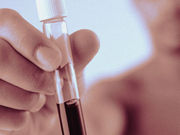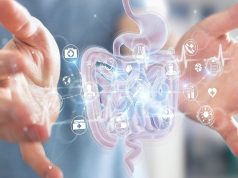Findings for use in MI diagnosis/exclusion in emergency department for chest pain
FRIDAY, June 3, 2016 (HealthDay News) — A high-sensitivity cardiac troponin I assay can help identify or exclude the diagnosis of myocardial infarction (MI) in the emergency department, according to two studies published online June 1 in JAMA Cardiology.
Edward Carlton, Ph.D., from the North Bristol National Health Service Trust in the United Kingdom, and colleagues conducted a pooled analysis of five international prospective, observational cohort studies involving 3,155 patients presenting with symptoms suggestive of cardiac ischemia. Patients underwent nonischemic electrocardiogram and high-sensitivity troponin I measurements. The researchers found that the 1.2-ng/L limit of detection for high-sensitivity troponin I had sensitivity and a negative predictive value of 99.0 and 99.5 percent, respectively, for acute MI; at this cut-off level, 18.8 percent of patients could be discharged early.
Johannes Tobias Neumann, M.D., from the University Heart Center Hamburg in Germany, and colleagues examined the application of the troponin I assay for the diagnosis of acute MI in 1,040 patients presenting to the emergency department with acute chest pain. Results were validated in two independent cohorts of 4,009 patients. The researchers found that with the application of a low troponin I cut-off value of 6 ng/L, the rule-out algorithm showed a high negative predictive value of 99.8 percent after one hour for non-ST-segment elevation MI type 1. Results were comparable for the one- and three-hour approaches. Application of this cut-off also resulted in lower follow-up mortality compared with the routinely used 99th percentile (1.0 versus 3.7 percent).
“This concept enables safe discharge or rapid treatment initiation after one hour,” Neumann and colleagues write.
Several authors from both studies disclosed financial ties to biopharmaceutical companies, including Abbott, which manufactures the assay used in the studies and partially funded the studies.
Copyright © 2016 HealthDay. All rights reserved.








